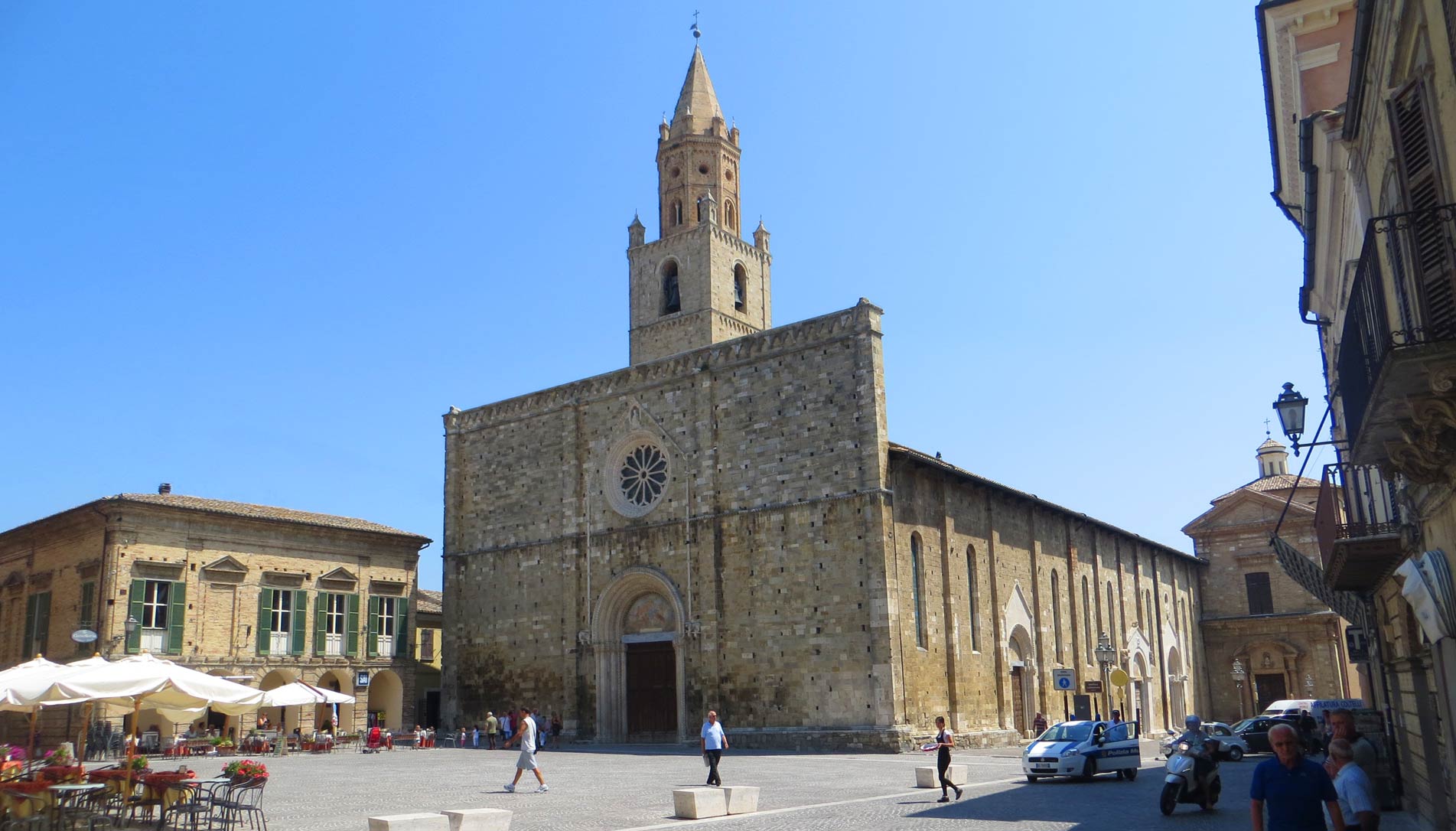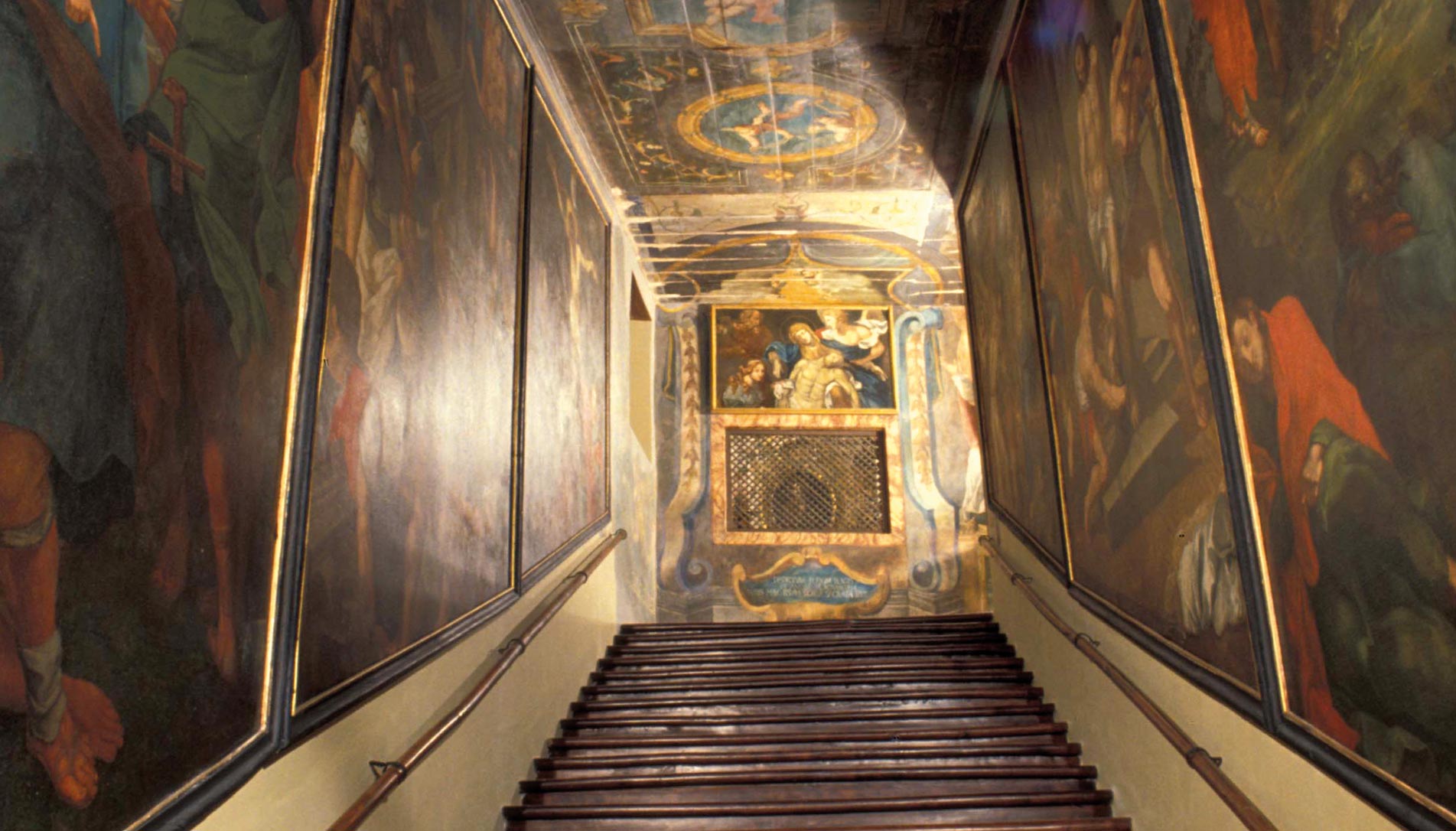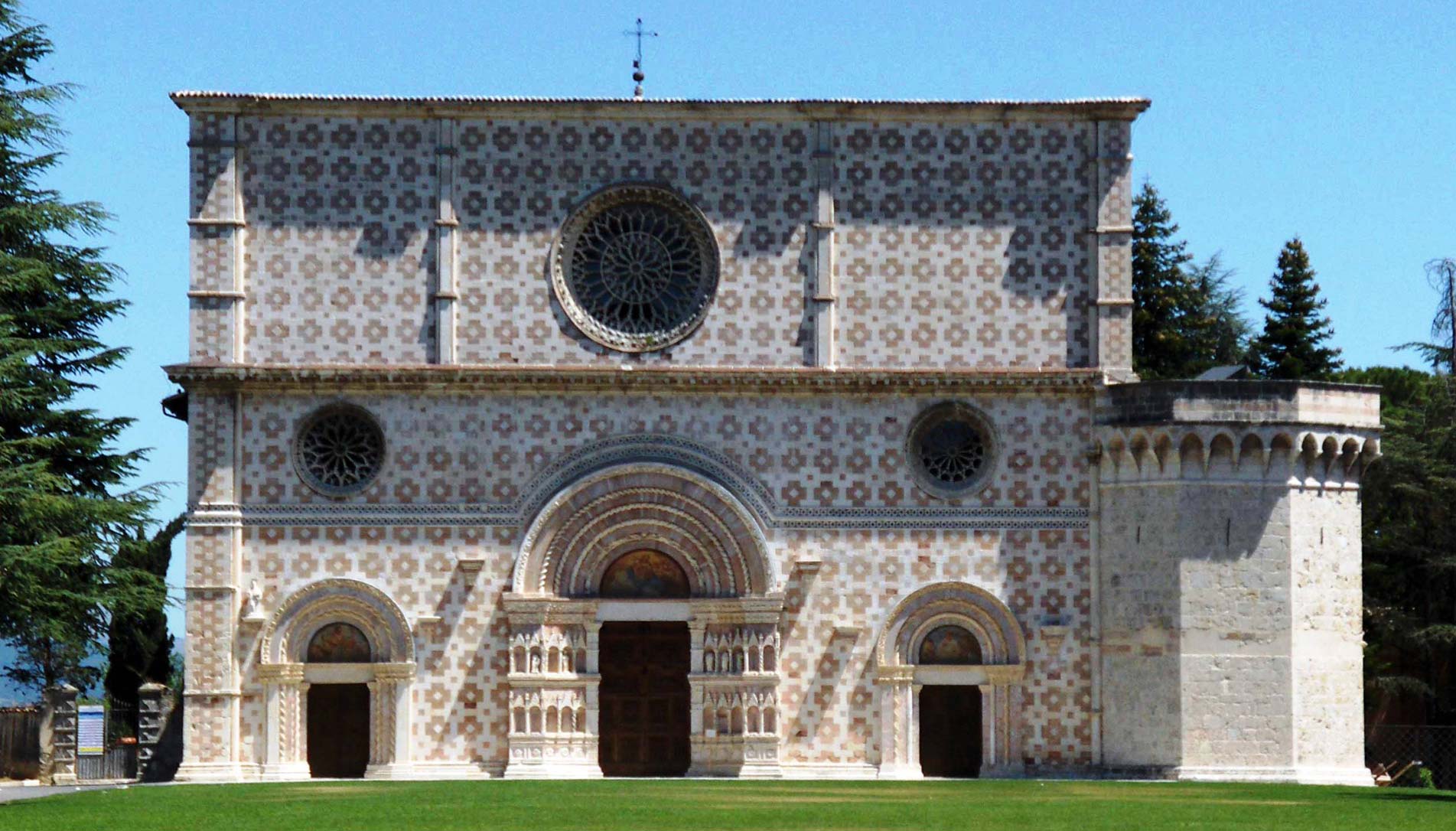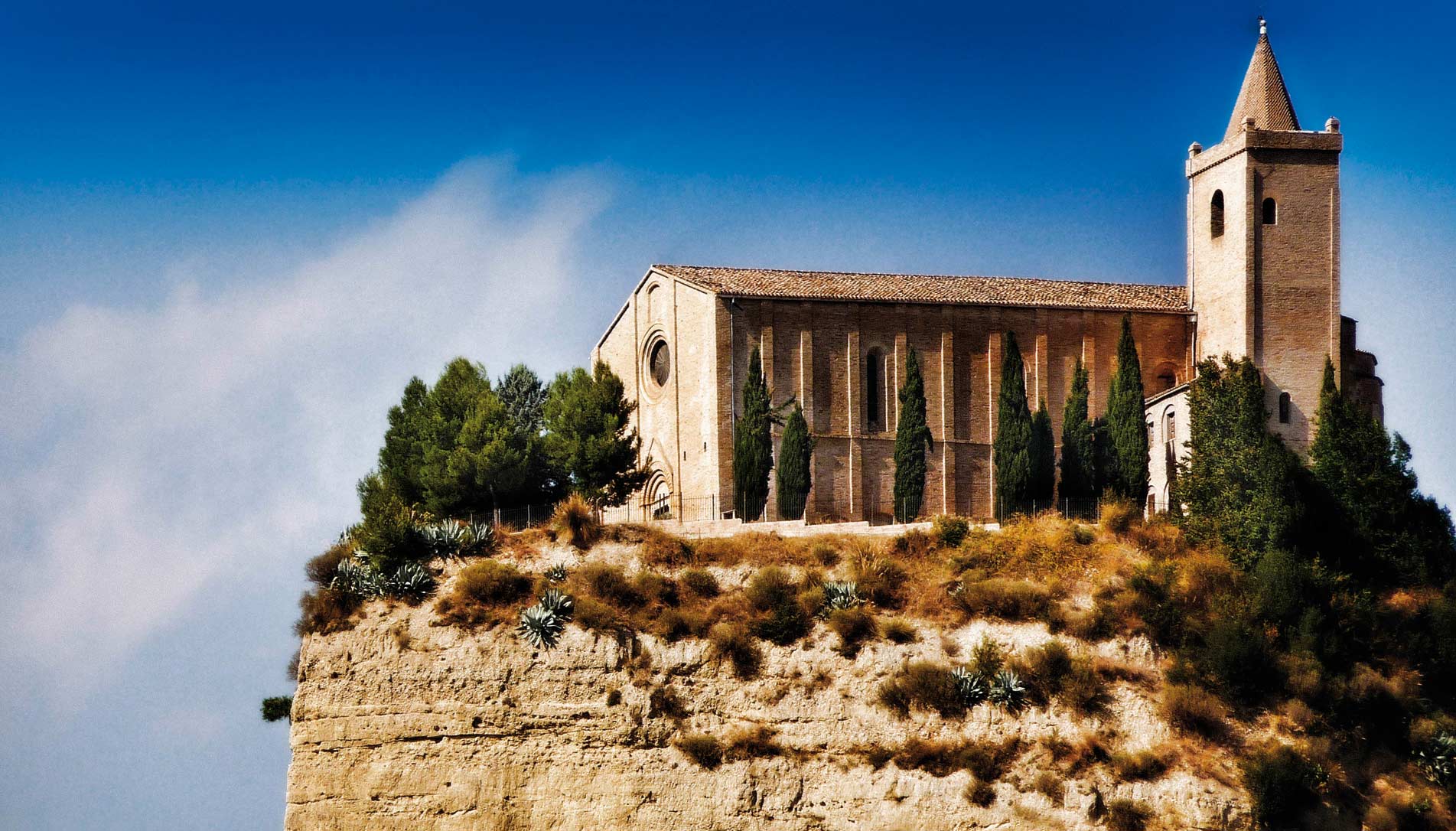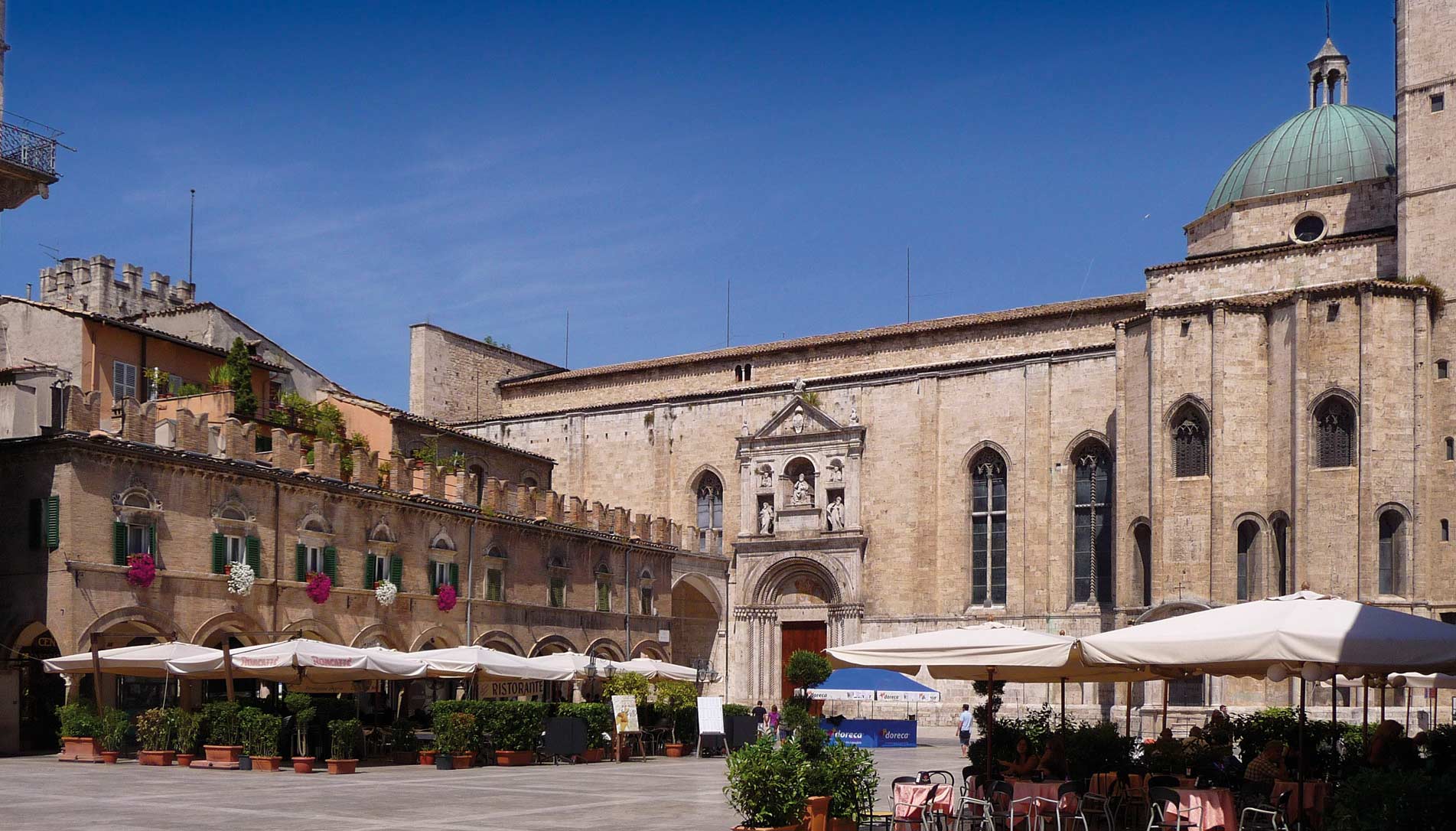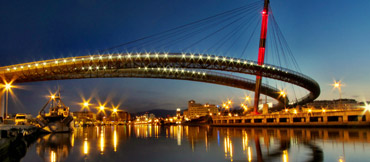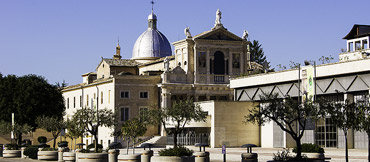Abruzzo - DIE GESCHICHTE
Archaeological sites, internal subdivisions and prehistory
Abruzzo Region is definitely a region full of history; its population and its inhabited centres have very ancient origins, proved also by its many archaeological sites. It is worth mentioning the sites of Alba Fucens, Massa D'Albe, Amiternum and the catacombs from San Vittorino, Corfino, Peltuinum in the Province of Aquila, Campovalano in the Province of Teramo, the Roman Theatre and Amphitheatre from Teramo, Juvanum and Pallanum in the province of Chieti, Santa Gerusalemme in the province of Pescara. All this archaeological sites testify that Abruzzo was inhabited from ancient times.
The first inhabitants were the Picenians. One of the Italic tribes which inhabited the Italian peninsula in pre-Christian times (others included the Equians, Vestinians, Praetutians and Marsians), they were unceremoniously crushed by the military might of Rome in 90 BC.
The name Abruzzo appears to derive from the Latin form Aprutium although in Roman times the region was known at various times as Picenum, Sabina et Samnium, Flaminia et Picenum and/or Campania et Samnium. This region was known as Aprutium in the Middle Ages. Many think it is apparently a corruption of Praetutium, or rather of the name of the people Praetutii, applied to their chief city, Interamnaes, now present day Teramo. Another etymology is from the Latin "aper" (boar) so that Aprutium was the "land of boars" or from "abruptum" (rugged, steep). A more recent etymology is from the Latin expression "a Bruttiis" (from the Bruttii) meaning the land that began from the Bruzi people, who moved south to occupy Calabria.
Until 1963 it was part of the Abruzzi region with Molise. The term Abruzzi derives from the time when the region was part of the Kingdom of the Two Sicilies and DAS GEBIET was administered as Abruzzo Citeriore (Nearer Abruzzo) and Abruzzo Ulteriore I and II (Farther Abruzzo I and II ), that being nearer and farther from Naples, the capital of the kingdom.
Abruzzo Citeriore is present day Chieti province. Abruzzo Ulteriore I comprised the Teramo and Pescara provinces; Abruzzo Ulteriore II is now the Province of L'Aquila.
The Roman Age and The Middle Ages
With pacification and the division of Italy into regions, at the wishes of Augustus, Abruzzo and Molise became the Iv region of Rome and given the name "Sabina et Samnium". The Roman presence soon made itself felt. Road networks were improved and new settlements built, whilst existing towns were provided with spas, amphitheatres, theatres, temples and other important public works. The partial draining of the lake Fucino took on a great importance with the construction of an artificial outlet which, initiated in 41 A.D. by the Emperor Claudius, was inaugurated in 52 A.D. and functioned until the 6th century. The remains of the drainage works can be seen today in the archaeological area of Incile near Avezzano. Among the numerous testimonies to the Roman era one must not forget the theatre and amphitheatre in Arniternuni near L'Aquila; the remains of the town of Alba Fucens (where digging work has not yet been completed), near Avezzano; the centre of Juvanum in Montenerodomo (Ch), with temple buildings, theatre and forum; the Sanctuary of Ercole Curino in Sulmona; Peltuinum at Prata d'Ansidonia (Aq) and Corfinium, the present-day Corfinio (Aq), built on the via Valeria and capital of the Italic League, with the name of Italy, at the time of the social war. Other important remains of the Roman era have also been found at Teramo, Atri and Chieti.
Around the year 1000 the Normans began advancing and after a century, in 1143, they took over the whole region, dividing it up into counties and putting it under the Regnum Siciliae (later that of Naples), of which it would be an integral part for seven centuries. Subsequently, in 1233, Frederick II of Sweden administratively reorganized the region making the Iustitieratus Aprutii of it (in 1233) and establishing Sulmona as its main town. In 1254 L'Aquila was founded which, under the Angioini dynasty and for the following two centuries, became the main city in the kingdom after Naples. All the cultural and political life of the region flourished in these three centuries before the arrival of Spanish domination.
Abruzzo and Italy's unity
The Region of Abruzzo was founded in 1861, the same year when Italy's unity process took place. At the beginning Molise belonged to Abruzzo, it was only was later that the Region of Molise became a region of its own, nevertheless even nowadays we'll find in the traditions and linguistic use of Molise strong influences from Abruzzo.


 Italiano
Italiano English
English


